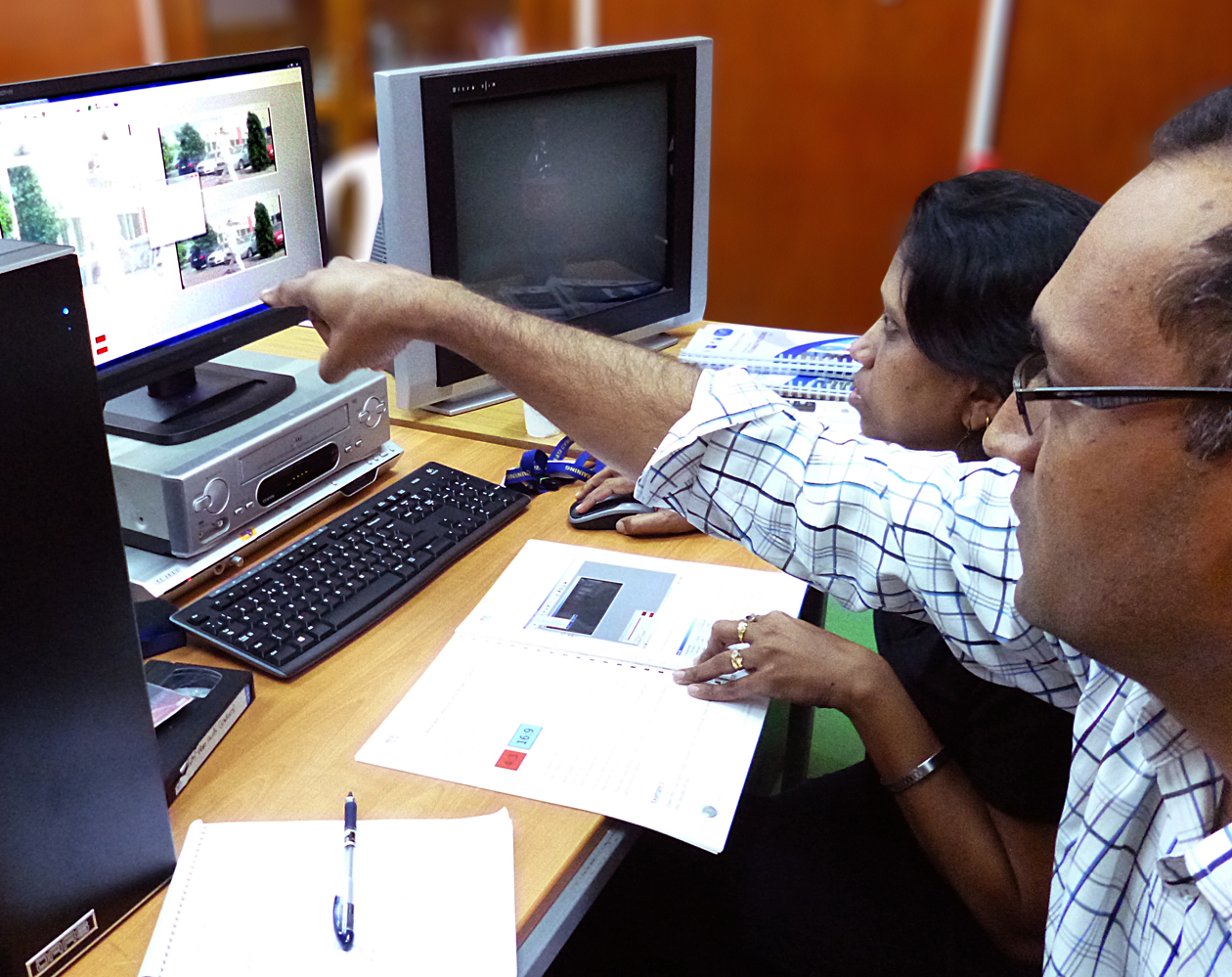Are you looking to improve the accuracy of your photogrammetry software through multi-view calibration techniques? As a crime scene investigator or forensics professional, achieving precise measurements and reconstructions is vital for your work. In this article, we will dive deep into the world of multi-view calibration, exploring the benefits, techniques, and best practices to help you enhance the quality of your photogrammetry data.
Understanding Photogrammetry Software
Before we delve into multi-view calibration techniques, let’s first understand the basics of photogrammetry software. Photogrammetry is the science of making measurements from photographs, often used in fields such as geology, archaeology, and forensics. Photogrammetry software utilizes algorithms to reconstruct 3D models from 2D images, allowing for accurate measurements and analysis.
The Importance of Multi-View Calibration
Multi-view calibration is a critical process in photogrammetry that involves aligning multiple cameras or viewpoints to ensure accurate and consistent measurements. By calibrating multiple views, you can reduce errors caused by lens distortions, perspective shifts, and lighting variations. This results in more precise 3D reconstructions and measurements, essential for tasks such as crime scene investigation and forensic analysis.
Benefits of Multi-View Calibration
- Improved Accuracy: By calibrating multiple views, you can achieve higher accuracy in your 3D reconstructions and measurements.
- Consistent Results: Multi-view calibration helps ensure consistency across different viewpoints, reducing errors and discrepancies.
- Enhanced Reliability: Calibrated multi-view data is more reliable and trustworthy for forensic analysis and evidence documentation.
Techniques for Multi-View Calibration
There are several techniques for multi-view calibration, each with its advantages and limitations. Some common methods include:
- Bundle Adjustment: This technique involves optimizing the parameters of multiple cameras simultaneously to achieve the best alignment and reconstruction.
- Checkerboard Calibration: Using a checkerboard pattern as a reference, this method calibrates cameras by analyzing the distortions in the pattern.
- Self-Calibration: In this technique, cameras calibrate themselves using specific features in the scene and their relative positions.
Best Practices for Multi-View Calibration
- Use High-Quality Cameras: Invest in high-resolution cameras with low distortion for better calibration results.
- Capture Overlapping Images: Ensure sufficient overlap between images to enable accurate alignment and reconstruction.
- Check Calibration Regularly: Regularly calibrate your cameras to maintain accuracy and consistency in your photogrammetry data.
Implementing Multi-View Calibration in Crime Scene Investigation
As a crime scene investigator, the accuracy of your photogrammetry data can make a significant impact on the outcome of a case. By incorporating multi-view calibration techniques into your workflow, you can enhance the quality and reliability of your forensic analysis. Whether documenting evidence, reconstructing crime scenes, or analyzing physical traces, calibrated multi-view data can provide crucial insights for your investigations.
Conclusion
In conclusion, multi-view calibration techniques play a vital role in improving the accuracy and reliability of photogrammetry software for crime scene investigators and forensic professionals. By understanding the benefits, techniques, and best practices of multi-view calibration, you can elevate the quality of your 3D reconstructions and measurements. Incorporate these strategies into your workflow to enhance the precision and trustworthiness of your forensic analysis.

